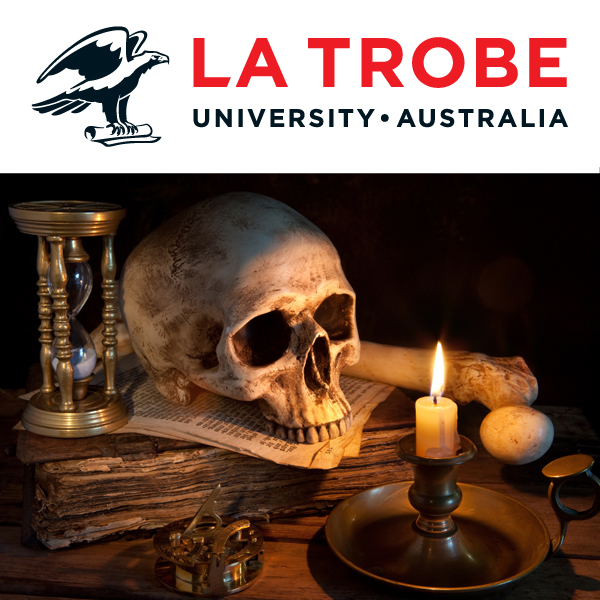Accusations: Gossip
Description
In the previous three lectures, we have, for the purpose of analysis, distinguished the witch of our imagination. When someone is accused of being a witch, some of the qualities of the witch image are attributed. So how does the imagined quality (the image of the witch) become attached to a real person? In this lecture, we look at how someone is identified as a witch.
Copyright 2013 Nicholas Herriman / La Trobe University, all rights reserved. Contact for permissions.
More Episodes
In this lecture, I want to analyze witch-hunts in terms of the concept “revitalization movement”. This concept, theorized by Wallace in 1956, describes three ways societies to deal with cultural change: by slowly changing; by deliberately attempting to create a new culture (revitalization); or,...
Published 10/10/13
Published 10/10/13
In this lecture, I want to analyze more deeply relationships between those involved in both witchcraft and accusation. I suggest that harm can result from either the perceived black magic or from accusations and attack against ‘witches’ and ‘sorcerers’. In analyzing this we can see that both...
Published 10/02/13


